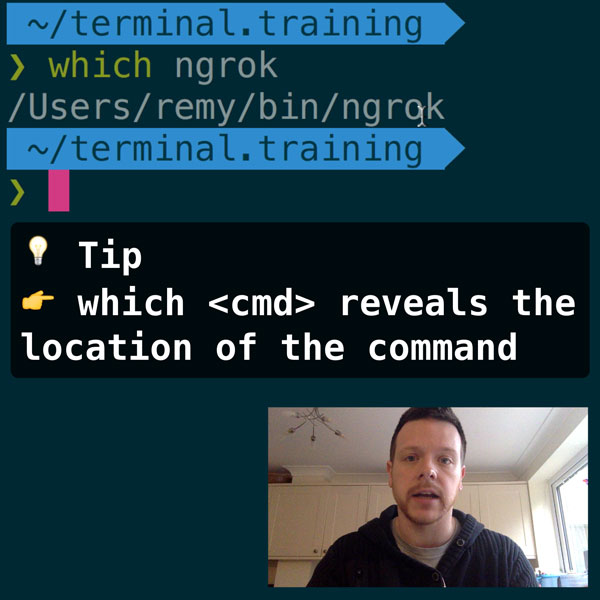I posted a blog the other week explaining the process I had in place for showing recently viewed posts whilst the visitor was offline. Being a clever clogs I also included a link to the offline page to show that the post they were reading was also already in the "recently viewed".
Except there was a small catch. First time visitors, though had installed the service worker, apparently had not visited any pages yet.

READER DISCOUNTSave $50 on terminal.training
I've published 38 videos for new developers, designers, UX, UI, product owners and anyone who needs to conquer the command line today.
$49 - only from this link
Wait, what?
There's a number of use cases that must be met when designing a service worker for your site. In particular the user who goes from no service worker to having it installed.
When my service worker installs, I add some "sensible defaults" to the browser's cache:
- The index page
- My CSS
- Four core images
The rest is cached on demand. However, the page that triggered the installation, likely to be a blog post, won't be in the cache because the first request for that resource was performed through the browser's native network handling and not through my service worker.
So, how do I work around this?
Reading client URLs
What needs to happen upon installation of the service worker, is that the service worker's client URL - that is, the main browser session doing the installation - should be added to the list of initially cached assets.
Though it doesn't come up in a lot of tutorials I've seen, you can access this using the clients API inside of the service worker.
The key logic is to request the URLs of the current server worker clients and then to include them in the initial caching process:
const allClients = await clients.matchAll({
includeUncontrolled: true // for good measure
});
// then collect their URL - equivalents to window.location.toString()
for (const client of allClients) {
posts.push(client.url);
}
To final install event handler in the service worker now looks like this:
self.addEventListener('install', event => {
event.waitUntil(initialiseCache().then(() => self.skipWaiting()));
});
async function initialiseCache() {
// I'd expect this array to have a single entry,
// but in case there's more than one window, we'll
// capture them all
const posts = [];
// get all clients using this service worker
const allClients = await clients.matchAll({
includeUncontrolled: true
});
// then collect their URL - equivalents to window.location.toString()
for (const client of allClients) {
posts.push(client.url);
}
return caches.open('v1/cache').then(cache => {
return cache.addAll(
// important bit: add the posts to cache to the core assets
posts.concat([
'/',
'/offline',
'/css/styles.css',
'/images/important-image1.jpg',
'/images/important-image2-etc.svg'
])
);
});
}
I appreciate this is an edge case, but I think the server worker strategy for blogs needs to be thought out careful and doesn't match the patterns you might use for an app-like web site (such as game, or a social app).